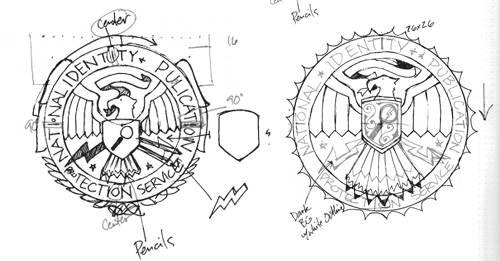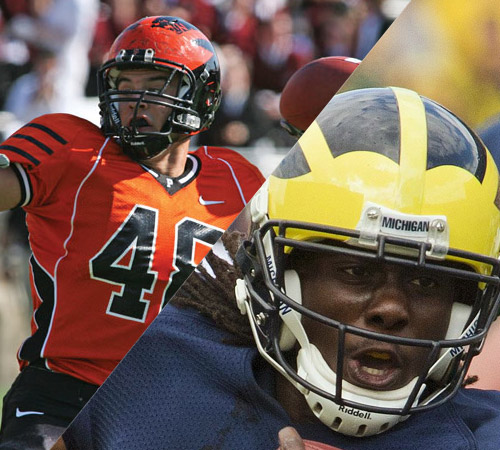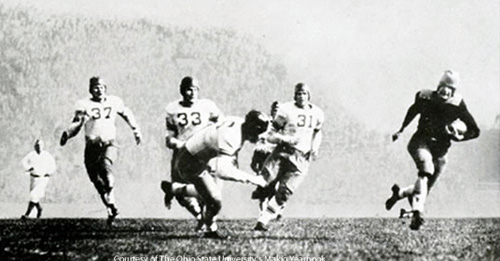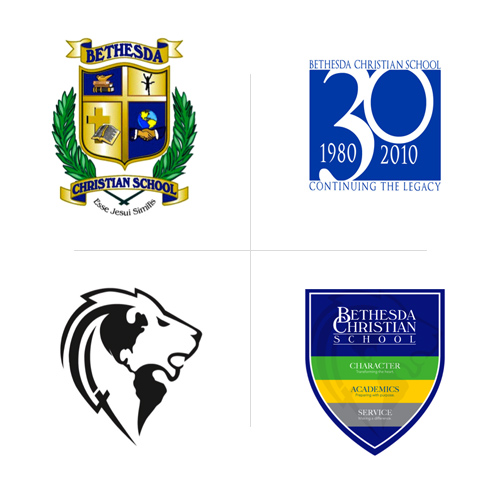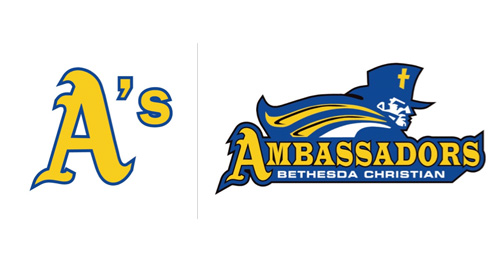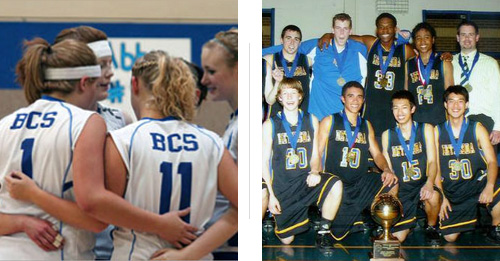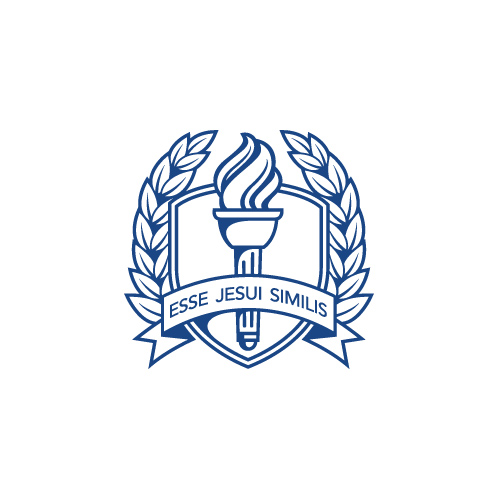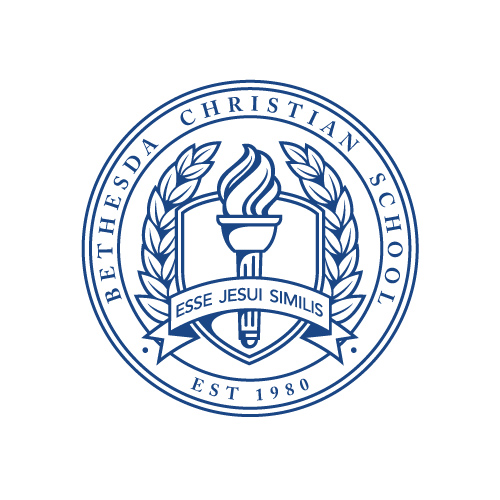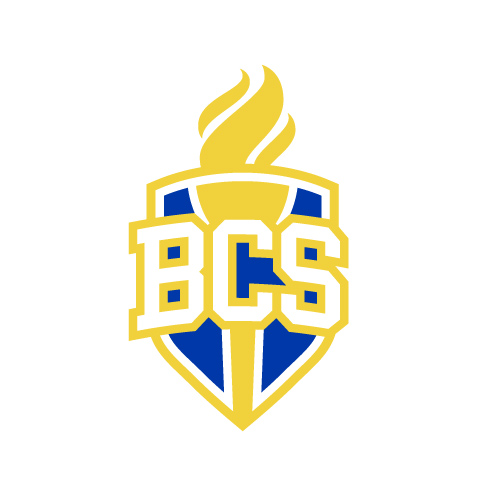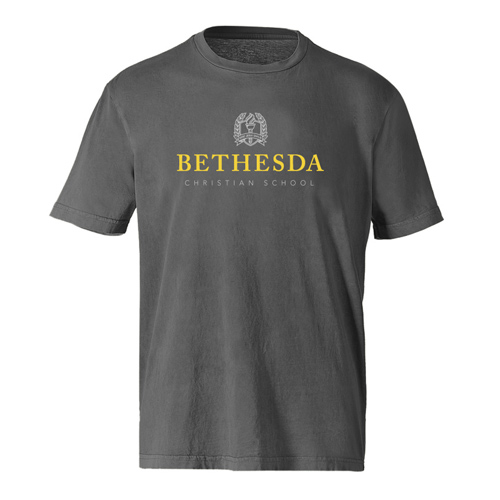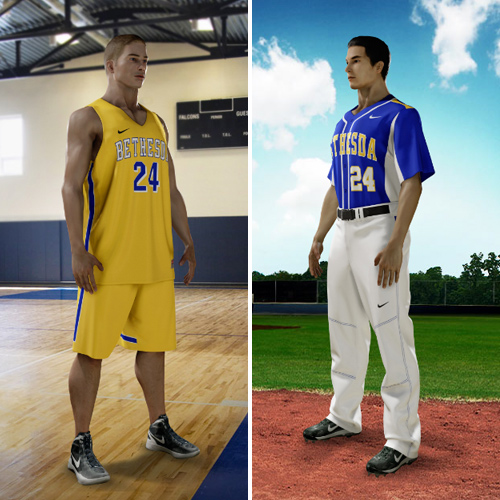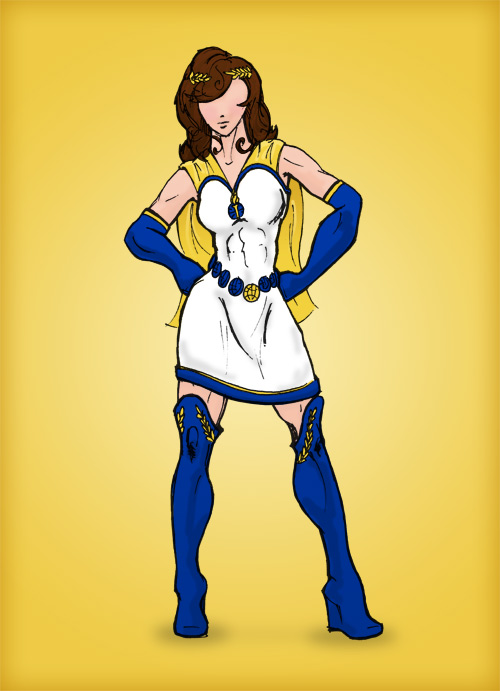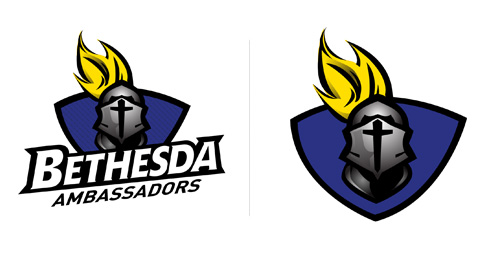As you can see in the earlier BCS team photo, black was also added to certain team uniforms. Black is not a BCS school color, and so this decision came as a surprise to the leadership of the school. Uniform ordering decisions were left to individual coaches at that time.
_ _ _ _ _ _ _ _ _ _ _
The goal of this project was unification of the entire Bethesda brand: ensuring the academic elements and the athletic elements worked together and helped convey the Ambassador concept. But, as with all schools (small, private schools especially) the primary consideration through the process was budget...
Creative Development
What good is selecting unique colors, designing custom typefaces and making gradient-heavy, detailed illustrations if the client cannot afford to implement them? Team uniforms at a school like BCS are purchased from catalogs, not custom stitched and printed to match specific Pantone values. Neither are the jersey typefaces. School stationery and letterhead is not gold foil stamped and embossed, and t-shirts for students get two colors at best.
Design might be king, but budget is queen.
Although it felt like putting the cart before the horse, a handful of budget-based decisions could effectively be made at the beginning (before pen touched paper) which would allow me to design a system that required no watering down when the rubber hit the road, so to speak. Some guidelines:
- The school colors have to be available from the uniform supplier: Nike. Nike has four blues available, two yellows and one "vegas gold." We selected Nike Royal Blue and Nike Team Gold, which is really a bold yellow color similar to what the school had been using on uniforms when it could find it. We also removed the recently acquired black from the color scheme:one less moving part.
- The school typefaces must be available from the uniform supplier. The font that is most widely available across different sports uniforms is a college block font in the "Vertical Arch" configuration.
- The school logos must be primarily successful in one color. Much of BCS's recognition outside of campus has come from apparel, team uniforms and other merchandise, not the web. This means no gradients or use of color values in the logo execution, as well as bold, strong linework.
_ _ _ _ _ _ _ _ _ _ _
These decisions gave me some clear parameters before I even got started, but the primary question hadn't even been addressed. How do we visually convey ambassador? We needed a clear symbol representing the concept.
At various points in the past, including my time in high school, BCS had briefly played with a medieval character: a knight with a sword and shield. After much deliberation and multiple attempts to adopt a knight as the visual representation for the ambassadors, the concept was passed over for a few reasons:
1). The military nature of the character is not in sync with the mission of the school and their understanding of what it means to be an ambassador.
2). BCS wanted a visual identity that was unique amongst its peers. This is something an armored warrior does not provide, as Bethesda's competitive landscape is overcrowded with knights and warriors, saints and crusaders.*
What symbolizes the heart of an ambassador, and is as utterly unique in the high school design landscape as the nickname ambassador itself? The answer was already in the school's alma mater... "the torch of truth shines forevermore."
Now the students can easily answer the question "What's an ambassador?" simply: a torchbearer.
And honestly, the torch is a pretty awesome icon. It is very common in academic circles, but never seen in the world of athletics (outside of the Olympics). It is the perfect one-two punch: the torch positions the school as the college-prep institution it is by visually equating BCS with institutions of higher learning and it distinguishes the athletic department from all competition with an icon that is entirely unique.
A torch it is.
Although the origin of Bethesda's brightly-colored seal was dubious, it was highly symbolic to the staff and students and had become beloved over the decades. Rather than turning our backs on everything Bethesda had built to date, we elected to keep the shield as an integral part of the new logo system, both for academics and athletics. Time to sketch...
I wanted to keep the academic identity and athletic identity linked, but with different styles as suited to their purposes.















